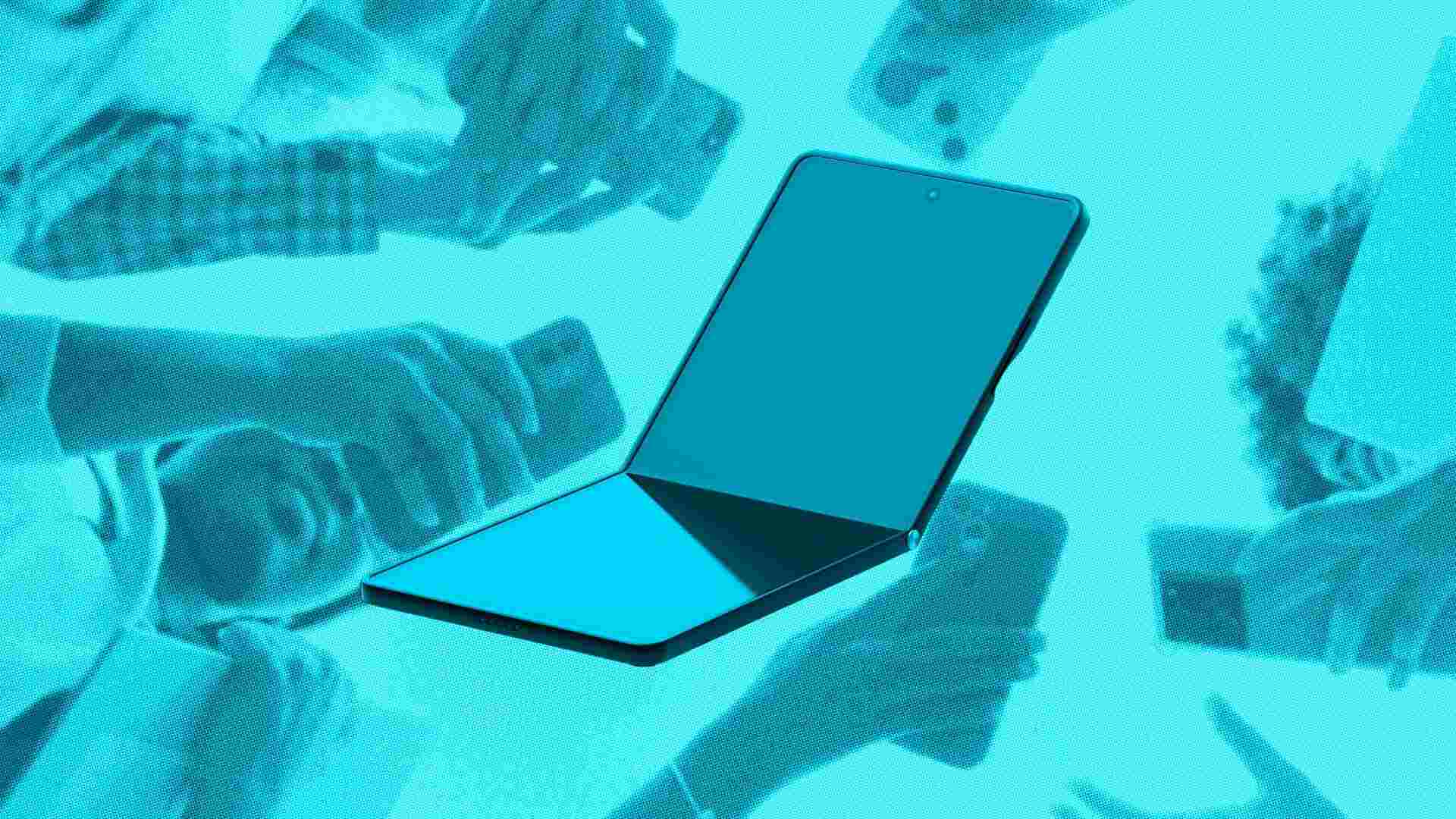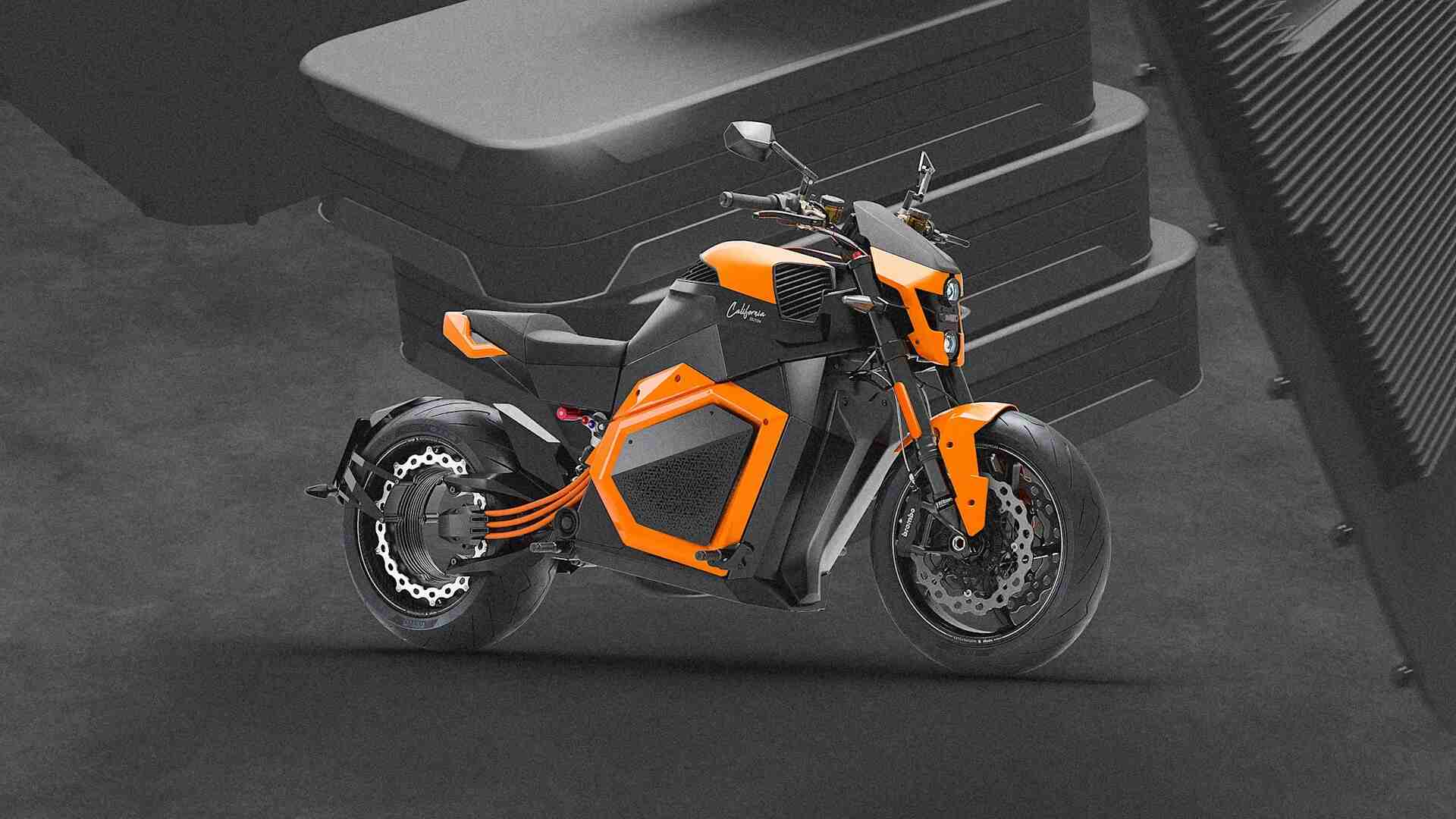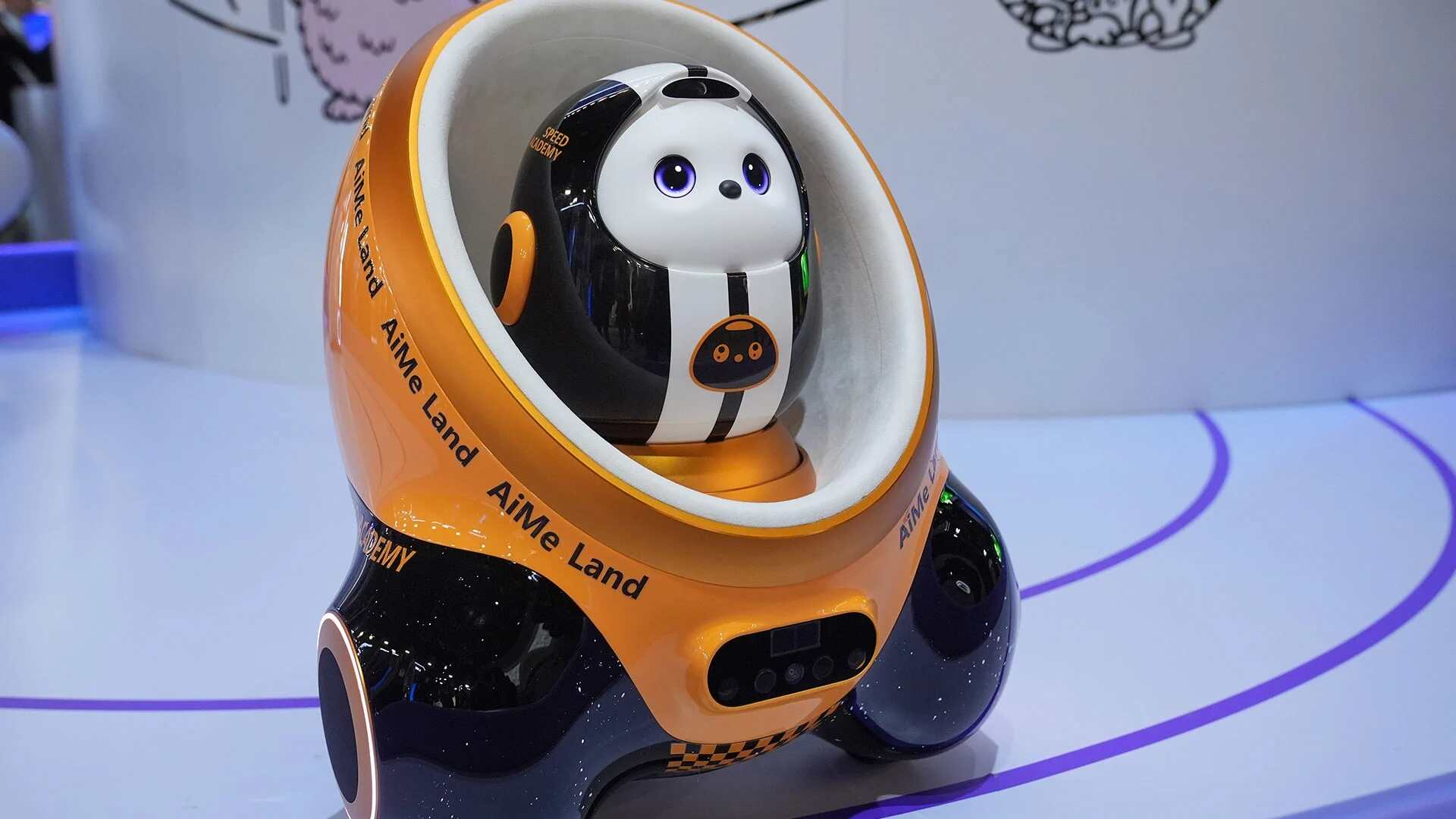- | 9:00 am
Did Apple just signal the death of the single-screen iPhone?
Is the demise of the mono-screen iPhone upon us? The new iPhone Air makes me think so.

In 2017, Apple’s then-newest iPhone foreshadowed the most significant design shift in the device’s history. With the iPhone X’s debut, Apple’s smartphone ditched its iconic home button so it could transition to an all-screen form factor—a design that was ultimately destined for every iPhone model. That transition was finally completed in 2025 when Apple scuttled the last iPhone with a home button, the iPhone SE, and replaced it with the all-screen iPhone 16e, finally bringing all-screen uniformity across the entire iPhone lineup that the iPhone X ushered in eight years earlier.
When I look at Apple’s newly unveiled iPhone Air, I can’t help but think it signals the beginning of the end for the single-screen iPhone. The Air’s thinness is impressive, but the real story is what it foreshadows: a future where every iPhone comes with at least two screens.
The iPhone Air feels like half a phone
The iPhone Air Apple introduced today makes me feel like I’m looking at just half of an iPhone. That’s a compliment. At just 5.6 millimeters thick at its thinnest point, the iPhone Air is the slimmest iPhone Apple has ever made. It’s an engineering marvel—no doubt about that. That Apple could fit storage, RAM, circuit boards, and such a large battery inside such a small form factor is indeed “awe-dropping,” as Apple’s event today was dubbed.
Still, it feels incomplete. Like it should have something else attached to it. Say, oh, I don’t know, another iPhone Air, bolted onto its side by a hinge, so when you open it up, you get an iPhone with a massive display.
Of course, that’s exactly what I think Apple had in mind when designing the Air. Not a thin phone for its own sake, but a trial run of a device that had less of the consumer in mind and more of Apple’s future iPhones—the foldable ones with two screens.
At 5.6 millimeters thin, Apple’s engineers have proved they can make a ridiculously thin iPhone—which means they could fuse two of the ridiculously thin iPhones together to create a compelling foldable iPhone that, even when folded shut, is still not much thicker than the iPhone 17 Pro of today.
It’s why I can’t help but feel the Air is clearly an intermediary step between the mono-screen iPhone we’ve known for nearly 20 years and the foldable iPhones that will define the next 20 years—a future where each and every iPhone family member eventually has two screens: one on the front and a larger one inside.
But that multiscreen device that Apple is ultimately transitioning the iPhone to become won’t be ready until next year. And it feels like Apple thought that, in the meantime, if it could release half of its future devices to the public now to juice sales and make the single-screen iPhone look less 2010s in 2025, then that’s what it should do.
And now it has. The iPhone Air is a great stopgap until we get to the real next-generation iPhone next year—the first one with two screens, which I feel, like the iPhone X’s all-screen design back in 2017, will ultimately become the norm for every iPhone over the next decade.
More consumers are ditching mono-screen phones for dual-screen foldables
And Apple’s transition from the nearly two-decade-old single-screen “bar” or “slab” phone design to a dual-screen foldable can’t come soon enough.
Samsung has been making foldables since 2019. I used to make fun of them until I tried a Galaxy Z Fold5 a few years ago and had a sort of nostalgic epiphany. When I held the company’s glorious dual-screen foldable in my hand, I had flashbacks to the thoughts I had the first time I held an original iPhone back in 2007: “This is the phone of the future.”
Samsung’s new Galaxy Z Fold7 (and Galaxy Z Flip7) are even better. Google’s new Pixel 10 Pro Fold also makes me think the future of smartphones is dual-screen foldables. And the numbers are showing that, increasingly, consumers do too.
A report from Grand View Research last year found that interest in foldables has skyrocketed since the first ones emerged from Asia in 2018. By 2023, when foldables began catching on worldwide, they had an annual market cap of around $27.79 billion. In 2024, that number jumped to $34.7 billion.
By 2030—just five years from now—the market cap of foldable phones is expected to nearly triple, to over $74 billion per year.
As for why, foldable phones with dual screens are simply more versatile. “These smartphones can switch between a compact form and a tablet-sized display, providing users with more screen space for multitasking, gaming, and media consumption without compromising portability,” Grand View Research noted in its report.
That portability is compromised even less when the unfolded phone is made super thin—something Apple has now shown it can achieve with the launch of the iPhone Air.
Which is why the iPhone Air feels less like a finished product and more like a preview of a radical design shift still to come. In that future, all iPhones could be dual-screen foldables, and the single-screen model may one day join the home-button iPhone as a relic of the past. The Air Apple announced today is a step toward that future, not the destination itself.







































